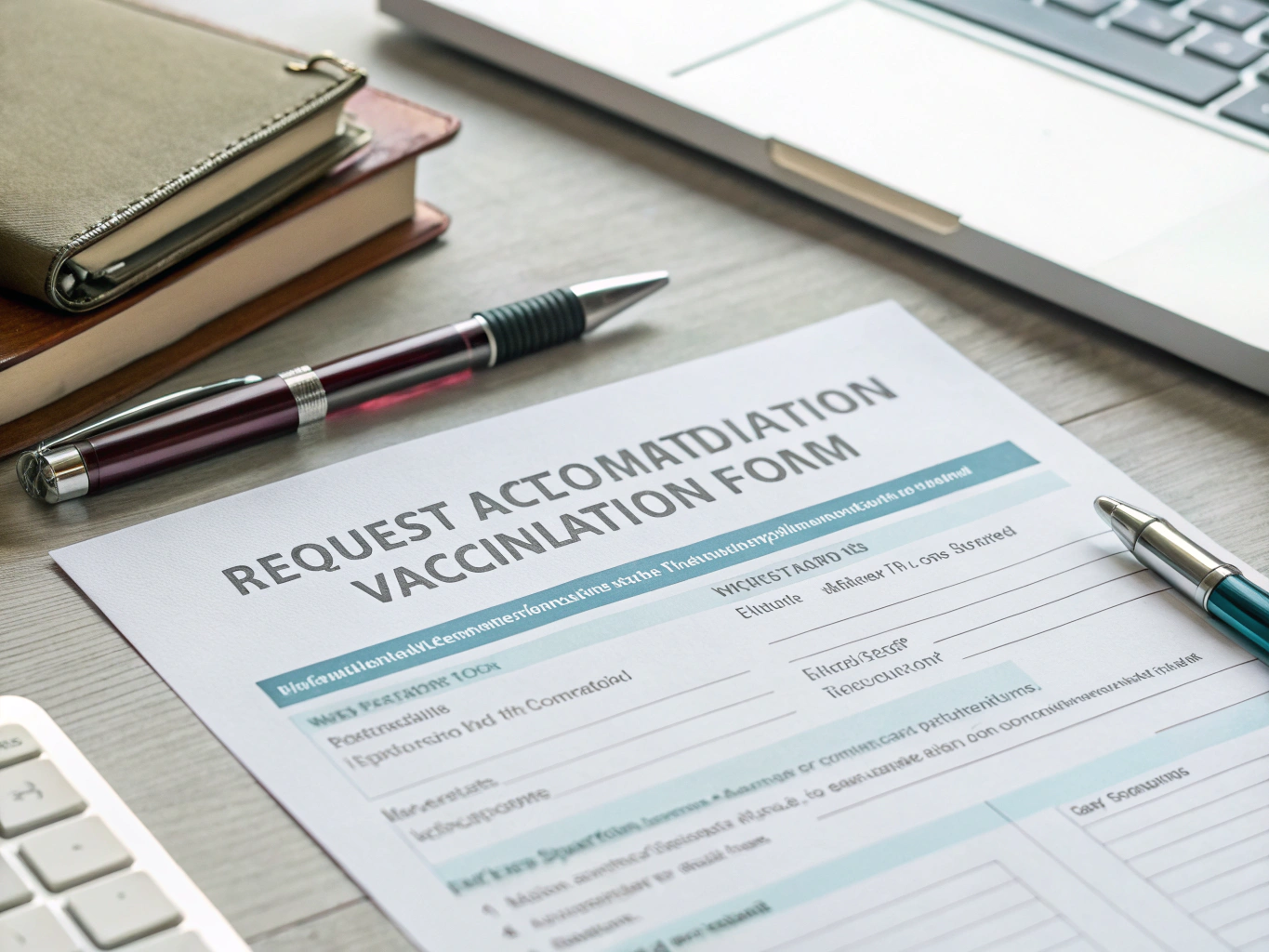What is a Checklist Hiring Process?
A Checklist Hiring Process is a structured guide designed for HR professionals and hiring managers to systematically navigate the complexities of recruiting new employees. This form outlines each step involved in hiring, from identifying the need for a new position to onboarding the selected candidate. By using this checklist, you ensure that every critical step is addressed, helping to streamline your hiring process and improve overall effectiveness in selecting the right talent for your organization.
Template
Below is a template you can customize for your organization’s needs:
Checklist Hiring Process
1. Planning & Preparation
- [ ] Determine Hiring Need
- [ ] Develop Job Description
- [ ] Set Budget and Compensation
2. Job Posting & Sourcing
- [ ] Post Job Opening
- [ ] Engage Recruitment Channels
- [ ] Collect Applications
3. Screening & Selection
- [ ] Resume Screening
- [ ] Pre-Screening Interview
- [ ] Skills Testing/Assessments (if applicable)
- [ ] Scheduling Interviews
4. Interviews
- [ ] Conduct Interviews
- [ ] Interview Notes
- [ ] Candidate Evaluation
5. Final Selection & Offer
- [ ] Reference Check
- [ ] Background Check
- [ ] Make Hiring Decision
- [ ] Prepare Offer Letter
- [ ] Negotiate (if applicable)
6. Onboarding
- [ ] Acceptance of Offer
- [ ] Prepare Onboarding Documents
- [ ] Notify Internal Teams
- [ ] Set Up Workstation/Accounts
- [ ] Conduct New Hire Orientation
7. Post-Hire Evaluation
- [ ] Initial Performance Check-in
- [ ] Gather Feedback
- [ ] Adjust Hiring Process (if needed)
Purpose and Benefits
The purpose of the Checklist Hiring Process is to provide HR professionals and hiring managers with a comprehensive framework to follow during recruitment. By utilizing this checklist, you can ensure that no steps are overlooked, leading to a more efficient and effective hiring process. Here are some practical benefits:
- Organization & Structure: A well-defined checklist keeps your hiring process orderly, helping you to stay on track and avoiding missed steps that could lead to delays.
- Consistency & Compliance: Standardizing your hiring process ensures that you adhere to legal and company policies, minimizing bias and ensuring fairness in candidate selection.
- Improved Candidate Experience: A structured process promotes timely communication, allowing candidates to feel valued and informed throughout their journey.
- Time-Saving & Error Reduction: Utilizing a checklist helps you prevent common mistakes, such as forgetting to conduct background checks or failing to notify interviewers.
- Progress Tracking: It provides a clear view of where each candidate stands in the hiring process, making it easy to manage and monitor their progression.
Essential Components
To create an effective Checklist Hiring Process, consider including the following essential components:
- Clear Job Descriptions: Detailed descriptions help attract suitable candidates and set expectations for the role.
- Defined Screening Criteria: Establish criteria for evaluating applications to ensure only qualified candidates proceed to interviews.
- Interview Guidelines: Standardized questions and evaluation methods help maintain consistency across interviews and improve the decision-making process.
- Documentation Requirements: Specify what documents candidates need to provide at each stage, ensuring all necessary information for evaluation is collected.
- Feedback Mechanisms: Include a section for gathering feedback from interviewers and candidates to continuously improve the hiring process.
How to Use This Form
To implement and use this Checklist Hiring Process effectively, follow these practical steps:
- Customize the template to align with your organization’s specific hiring needs, including unique roles and requirements.
- Share the checklist with all team members involved in the hiring process to ensure everyone understands their responsibilities.
- Regularly update the checklist based on feedback and evolving best practices to keep it relevant and effective.
- Use the checklist as a living document during the recruitment process, checking off completed items as you progress.
- Review the checklist post-hire to identify areas for improvement and make adjustments for future hiring needs.
Legal and Compliance Considerations
When using a Checklist Hiring Process, it’s crucial to be aware of legal and compliance considerations to avoid potential pitfalls. This includes adhering to Equal Employment Opportunity (EEO) guidelines, ensuring that your hiring practices do not discriminate against any candidates based on race, gender, age, disability, or other protected characteristics. Additionally, you should comply with the Fair Credit Reporting Act (FCRA) when conducting background checks, ensuring that candidates are informed and have given consent.
Best Practices
To maximize the effectiveness of your Checklist Hiring Process, consider these best practices:
- Engage with candidates promptly: Keep candidates informed about their application status to enhance their experience and maintain interest.
- Involve multiple stakeholders: Ensure that the hiring panel includes diverse perspectives to reduce bias in candidate evaluation.
- Regularly assess the hiring process: Schedule periodic reviews of your checklist and hiring metrics to identify areas for improvement.
- Solicit feedback from new hires: Understanding their experience can provide insights into how to enhance the hiring and onboarding process.




